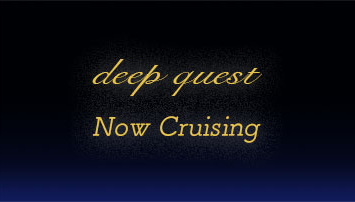
About GALAXY CRUISE
"GALAXY CRUISE" is a Citizen Astronomy project (citizen science project in astronomy) run by the National Astronomical Observatory of Japan (NAOJ). This project utilizes the data from a large-scale survey program using Hyper Suprime-Cam (HSC), the world's best wide-field imaging camera mounted on the Subaru Telescope. We hope that, while exploring the Universe captured by the Subaru Telescope and classifying the shapes of interacting galaxies, Citizen Astronomers and researchers can come together to solve the mysteries of galaxies and generate new research results.
About the Seasons
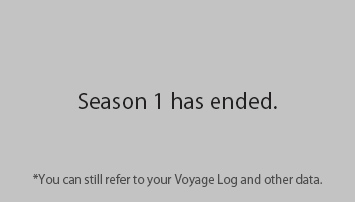
Scientific Analysis by the Captain (March 1, 2021)
Report by the Captain (September 27, 2021)
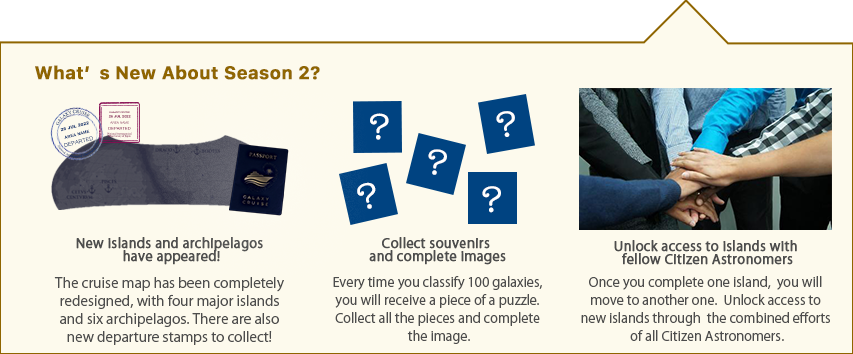

Project Goals
The project goals are as follows:
1. to establish a citizen participation method for collecting data in the field of astronomy
2. to investigate the effects of galaxy interactions and mergers on the evolution of galaxies by collecting classification data for a wide variety of galaxies
3. to establish a new astronomy communication method through a two-way dialog between research institutes and citizens
4. to heighten awareness of astronomy among educators, non-profit organizations, and industry
5. to gain societal understanding and support for research activities using Subaru Telescope’s HSC
6. to give back to society through the internet distribution of research results
While there have been previous examples of Citizen Astronomy (citizen science) in which the public classifies images of galaxies, we expect that this project using higher quality HSC images will enable a detailed analysis that cannot be achieved with the data from other telescopes used by other Citizen Astronomy projects.

About Citizen Science
The Oxford English Dictionary defines “citizen science” as “scientific work undertaken by members of the general public, often in collaboration with or under the direction of professional scientists and scientific institutions.” Citizen science is now a popular activity, particularly in Europe and North America. It enables the general public to engage in scientific research by examining publicly available data through the internet. This collaboration benefits both the public and the scientists; the public can appreciate the wonders of astronomy by working with the latest large-scale data from NAOJ; scientists on the other hand can not only collect much more data with the help of the participants but can also disseminate their scientific research.
You can contribute to research as a Citizen Astronomer as easily as if playing a game.

A Word from the Captain
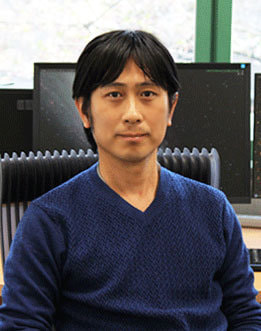
Captain of GALAXY CRUISE / Associate Professor at Subaru Telescope

About the Observation Instrument
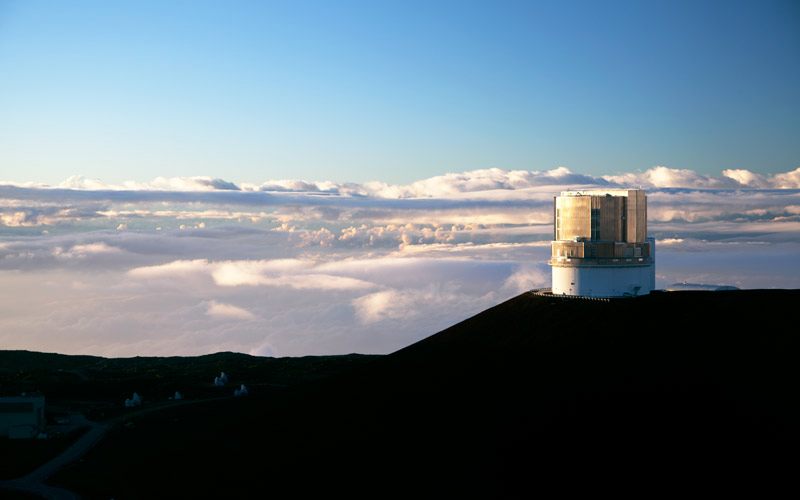
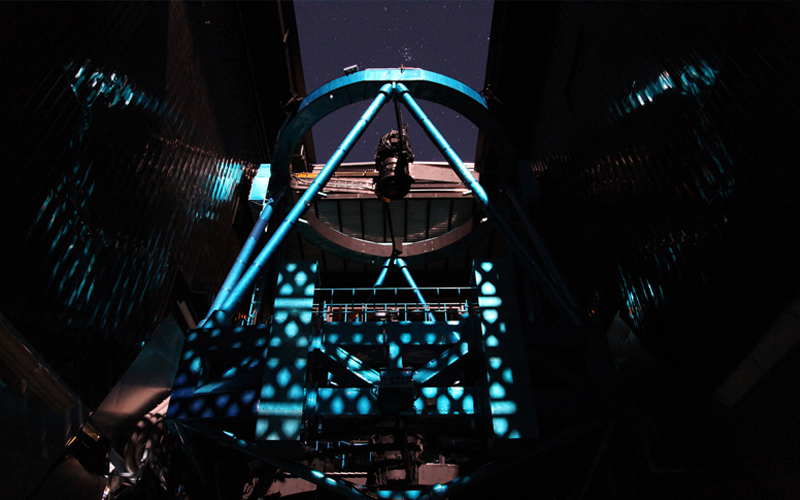
Hyper Suprime-Cam (HSC), the world’s most powerful wide-field imaging camera, has 870 million pixels and can cover nine times the area of the full moon in each exposure. The HSC Subaru Strategic Program (HSC-SSP) started in March 2014, and astronomers observed with HSC for 330 nights. HSC-SSP was completed in January 2022, spending over seven years. GALAXY CRUISE uses its second dataset released to the worldwide community.

Crew & Collaborators
| Captain |
Masayuki Tanaka |
|---|---|
| Engineer (Classification Website & hscMap Developer) |
Michitaro Koike |
| Navigators (Science Team) |
Mako Ando
Kei Ito
Rhythm Shimakawa (Alphabetical) |
| Illustrators |
Naomi Ishikawa
Seiichiro Naito |
| Movie Creators |
Naotsugu Mikami |
| Concierges (Guides) |
Seiichiro Naito
Hitoshi Yamaoka
Tomofumi Umemoto |
| English Editor |
Ramsey Lundock |
| Junior Officers (Social Media) |
Makoto Ando
Junya Arita
Kei Ito
Takumi Kakimoto
Yutaro Kofuji
Atsuki Kuwata
Suzuka Nakano
Chie Tsuchiya (Alphabetical) |
| Helmsman (Project Coordinator) |
Kumiko Usuda-Sato |
Junko Shibata/Architect (Web Designer), Pisit Nitiyanant/Illustrator, Ryo Sato (Translator), Kazuhisa Kamegai/Concierges (Guides)

Acknowledgments
The training programs on this website were created with the help of “Miraikan Open Lab 2018.”
National Museum of Emerging Science and Innovation (Miraikan)
